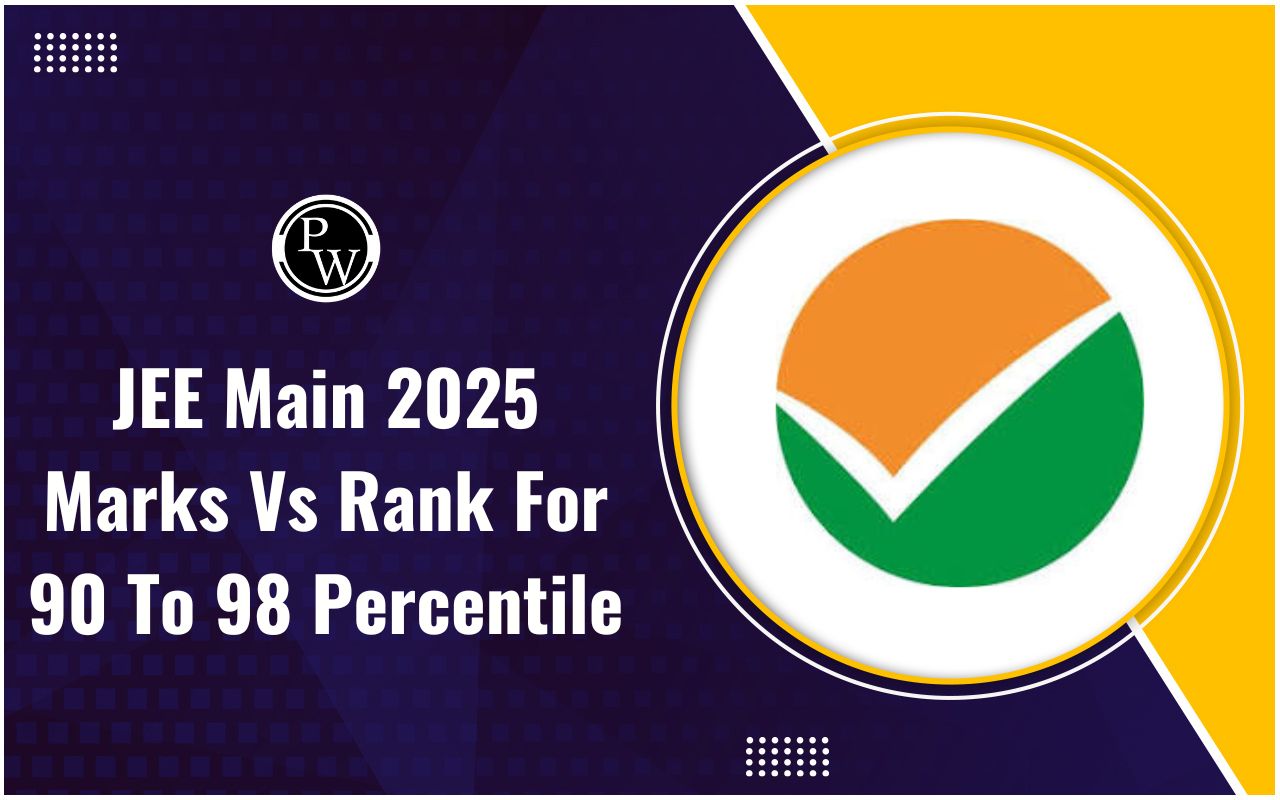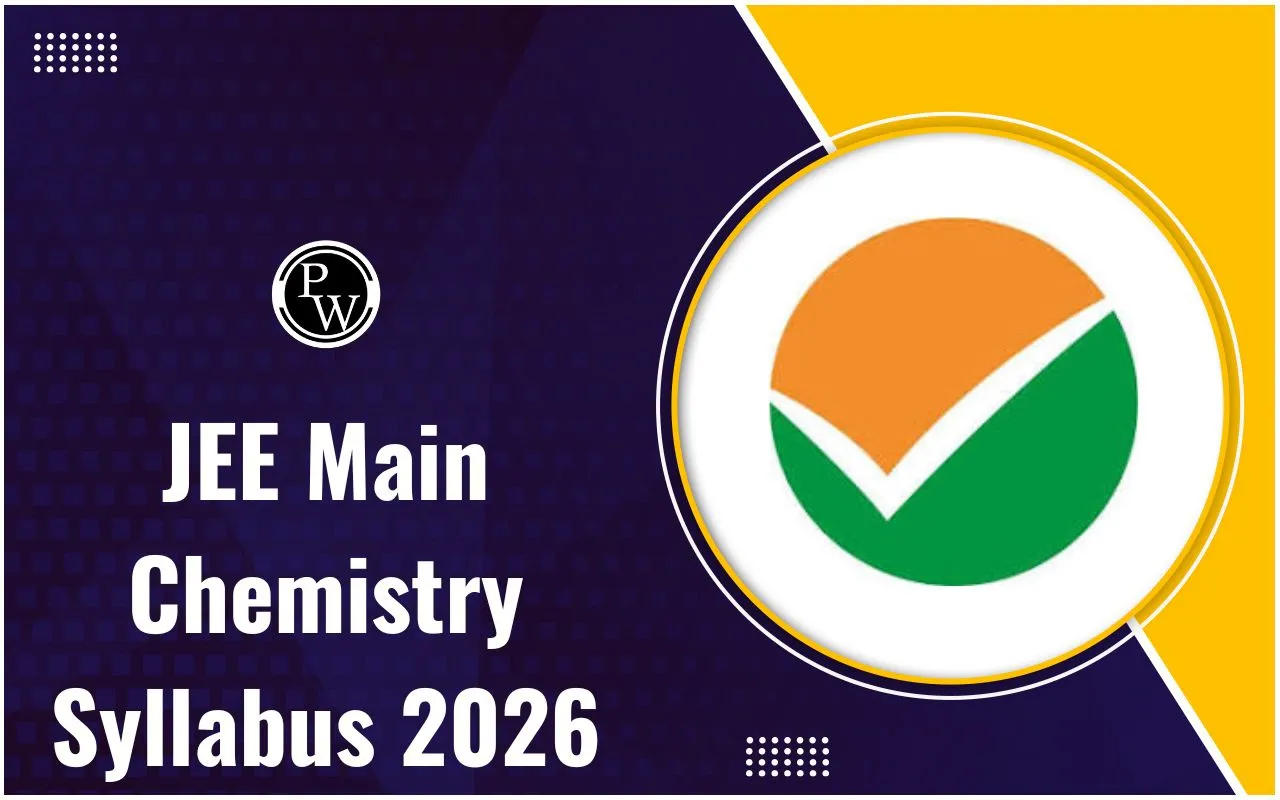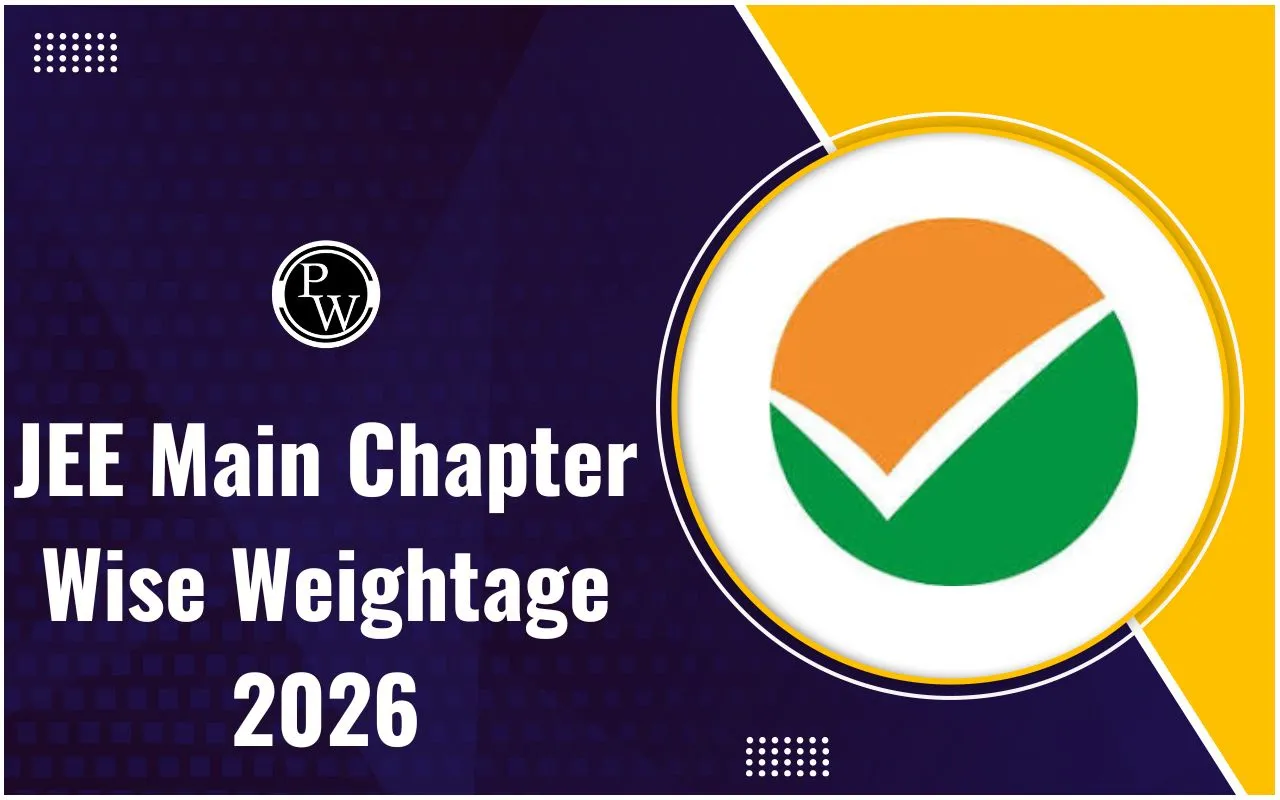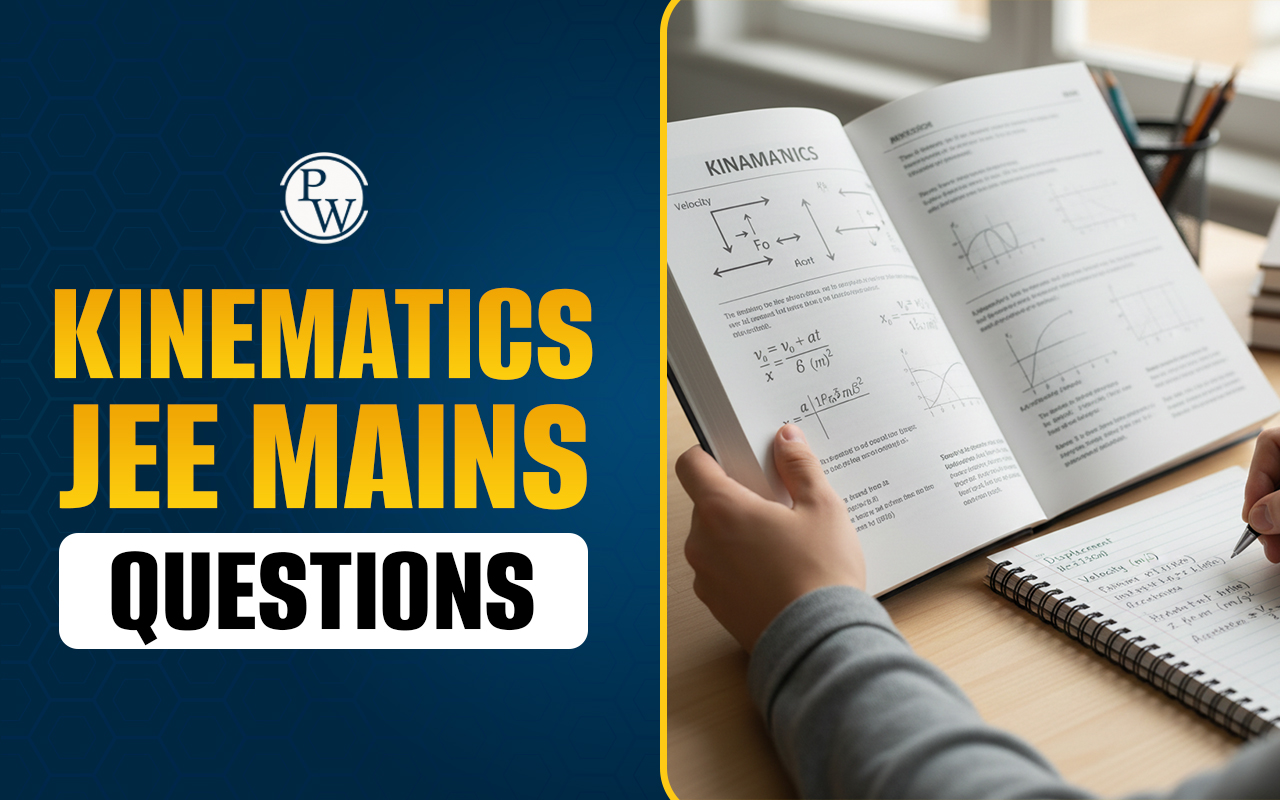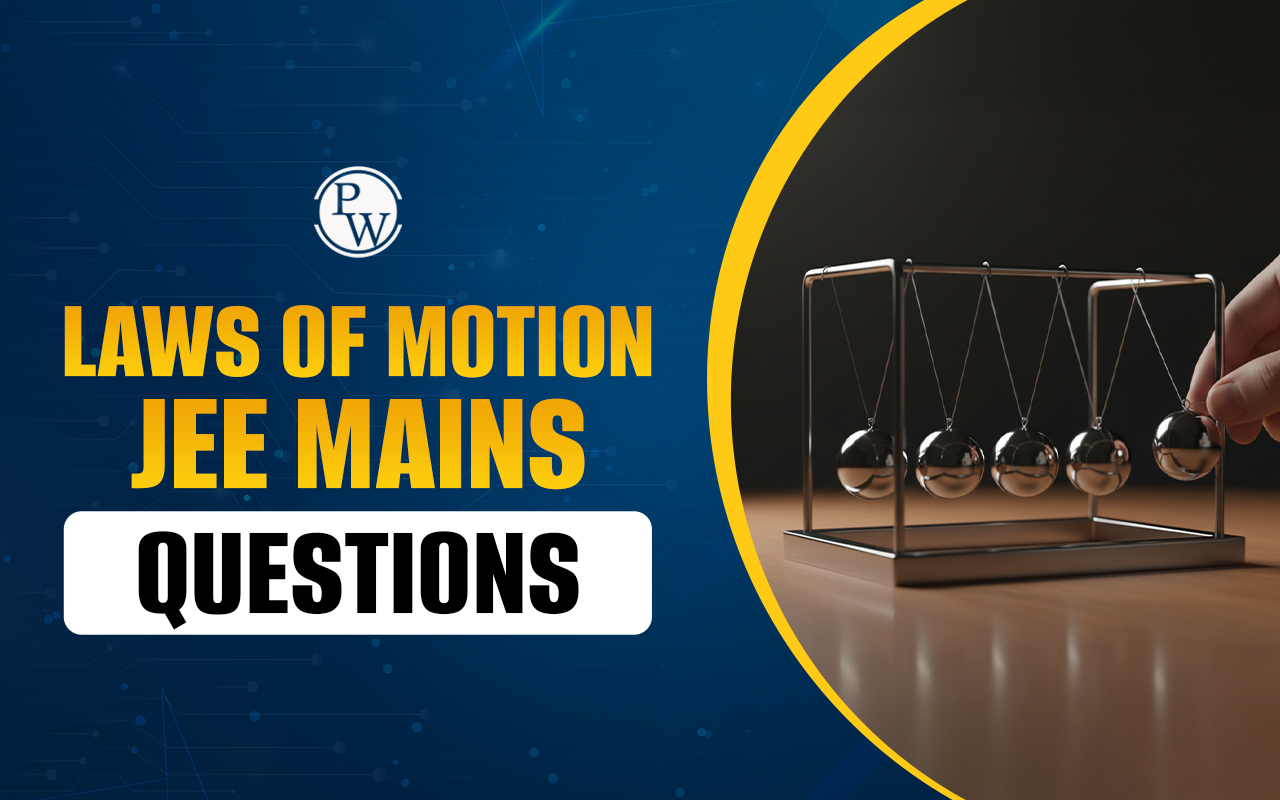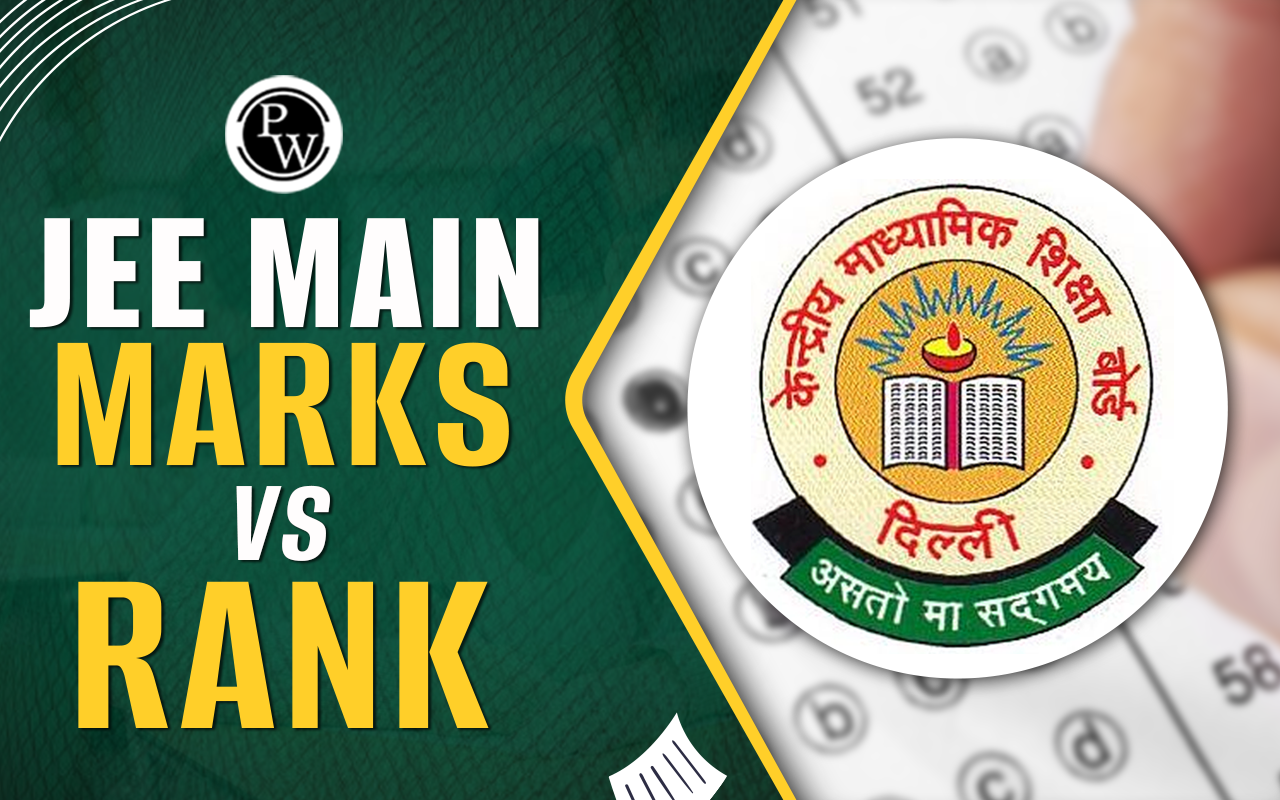
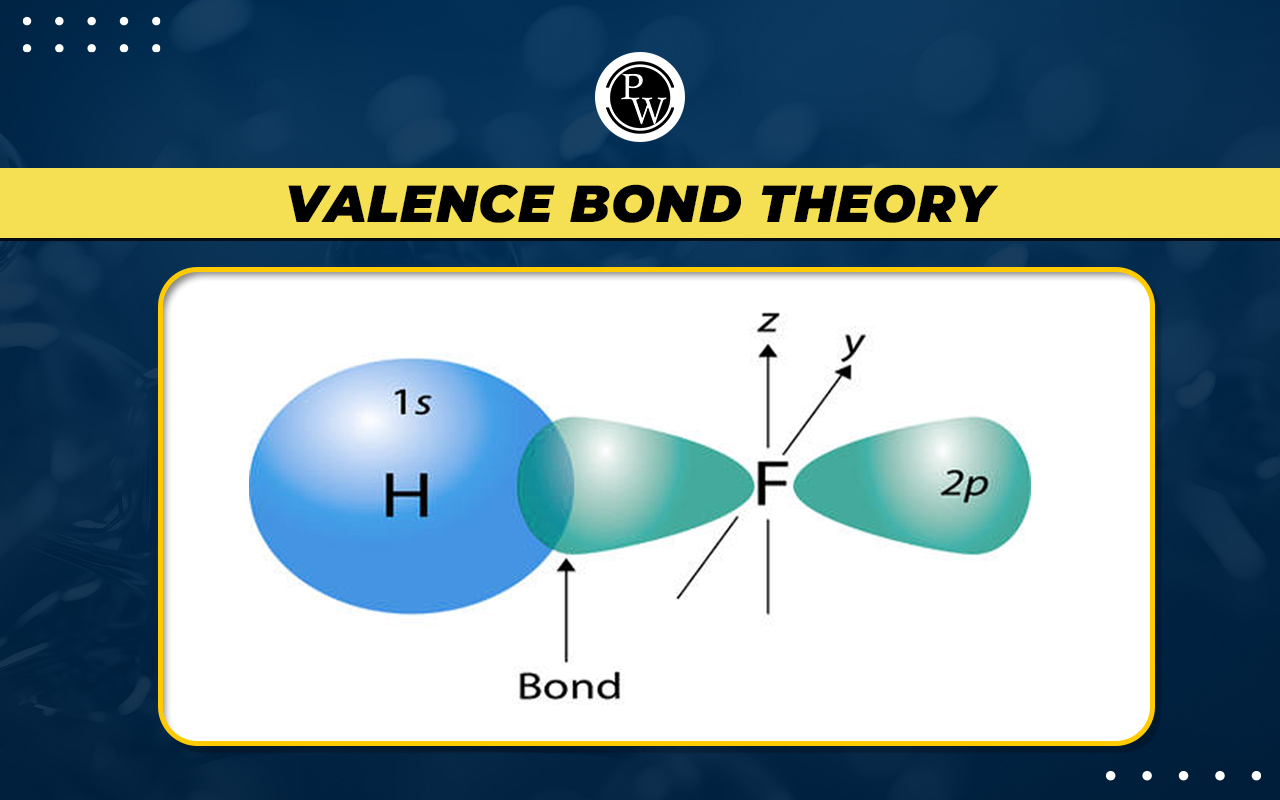
Valence Bond Theory : Valence Bond Theory was proposed by Heitler & London to explain how a covalent bond is formed. According to this theory, electrons reside in atomic orbitals, and when two atoms approach each other, their orbitals overlap, leading to the formation of a covalent bond. Before delving into overlapping, it's essential to grasp the concept of atomic orbitals.
These are regions in space where electrons are likely to be found, each characterized by a set of quantum numbers. The types of atomic orbitals are s, p, d and f orbitals, each possessing distinct shapes and orientations. Overlapping of atomic orbitals occurs when the electron clouds of two adjacent atoms intersect in space. This phenomenon is pivotal in the formation of chemical bonds. The two main types of overlapping are sigma (σ) and pi (π) bonds, each contributing uniquely to molecular structures.Postulates of Valance Bond Theory :
- A covalent bond is formed by the overlapping of two half-filled valence atomic orbitals of two different atoms.
- The electrons in the overlapping orbitals paired and confined between the nuclei of two atoms.
- The electron density between two bonded atoms increases due to overlapping. This confers stability to the molecule.
- Greater the extent of overlapping, the stronger is the bond formed.
- The direction of the covalent bond is along the region of overlapping of the atomic orbitals. i.e., covalent bond is directional.
Head-on Overlap (end-to-end overlap) - Sigma (𝞂) Bond :
Head-on Overlap (end-to-end overlap) - Sigma (𝞂) Bond : Sigma bonds result from the head-on overlap (end-to-end overlap) of atomic orbitals. This direct overlap occurs along the internuclear axis, forming a strong and stable bond. Sigma bonds are found in single bonds between atoms, such as those in saturated hydrocarbons. The sigma bond provides a robust connection between the atomic nuclei, ensuring a cohesive molecular structure.
(i) s-s overlapping:
(ii) s-p overlapping:
(iii) p-p overlapping:
- σ bond is directional in nature.
- σ bond do not take part in resonance.
- Free rotation is possible about a single σ bond.
Sideways Overlap (Lateral Overlap) - Pi (𝝅) Bond
Sideways Overlap (Lateral Overlap) - Pi (𝝅) Bond : Pi (𝝅) bonds arise from the sideways overlap of adjacent atomic orbitals. Unlike sigma bonds, pi bonds are formed by the side-to-side interaction of p orbitals. Typically associated with multiple bonds, such as those in double or triple bonds.
p-p overlapping forming pi bond :
p-p overlapping forming pi bond :
- Free rotation about a π bond is not possible (Restricted rotation).
- π bond is weaker than σ bond.
- π bond are less directional, so do not determine the shape of a molecule.
- π bond takes part in resonance.
- π bond formed by pure or unhybrid orbitals.
-
In case of oxygen molecule (each oxygen atom having electronic configuration, 1s
2
2s
2
the two atoms are held together by one s-bond and one p-bond as shown in figure.
Formation of oxygen molecule
Formation of oxygen molecule
- Nitrogen molecule: The electronic configuration of nitrogen atom is 1s 2 , 2s 2 , 2p x 1 , 2p y 1 , 2p z 1
Difference between sigma ( σ ) and pi ( π) -bonds :
| Sigma (σ) Bond | Pi (π) Bond |
| (i) This bond is formed by overlap of orbitals along their internuclear axis (end to end overlap). | (i) This formed by sideway overlapping of orbitals. (lateral overlapping). |
| (ii) This bond is formed by overlapping between s-s, s-p or p-p orbitals. | (ii) This bond is formed by the overlap of p – p orbitals only. |
| (iii) Overlapping is quite large and hence sigma bond is a strong bond. | (iii) Overlapping is to a small extent. Hence, pi -bond is a weak bond. |
| (iv) Electron cloud in this case is symmetrical about the line joining the two nuclei. | (iv) Electron cloud of π-bond is unsymmetrical |
| (v) Sigma bond consists of only one electron cloud, symmetrical about the internuclear axis. | (v) Pi (π) bond consists of two electron clouds, one above the plane of atomic nuclei and the other below it. |
| (vi) Free rotation about s-bond is possible | (vi) Free rotation about a pi-bond is not possible because on rotation, overlapping vanishes and so the bond breaks. |
Directional Properties of Bonds:
- Sigma (σ) bonds result from the head-on overlap of atomic orbitals along the internuclear axis. This direct overlap creates a concentrated electron density directly between the bonded nuclei, forming a strong and highly directional connection. In single bonds, such as those observed in saturated hydrocarbons, sigma bonds establish a well-defined path between the atoms involved, contributing to the structural integrity of the molecule.
- On the other hand, pi (π) bonds arise from the sideways overlap of adjacent p orbitals. Hence, pi (π) bonds are non-directional it makes their influence on the overall molecular shape less pronounced than that of sigma (σ) bonds.
Limitations of VBT :
1. Since the electron constituting the covalent bond must come form different source, VBT does not explain coordinate bonds.
2. VBT predicts O 2 to be diamagnetic. Since all electrons taking part in bonding should be paired to occupy low lying symmetric orbital. But experiments show O 2 to be paramagnetic.
3.
This theory does not consider formation of odd electron molecule or ions (such as
) where no pairing of electron is possible.
Valence Bond Theory FAQs
Q.1 What is Valence Bond Theory, and why is it significant in chemistry?
Q.2 How does overlapping of atomic orbitals contribute to the formation of sigma (σ) and pi (π) bonds?
Q.3 Are all types of overlapping directional in nature?
Q.4 Can overlapping of atomic orbitals occur between different types of orbitals, such as s and p orbitals?
Q.5 How does Valence Bond Theory account for the strength of covalent bonds?




